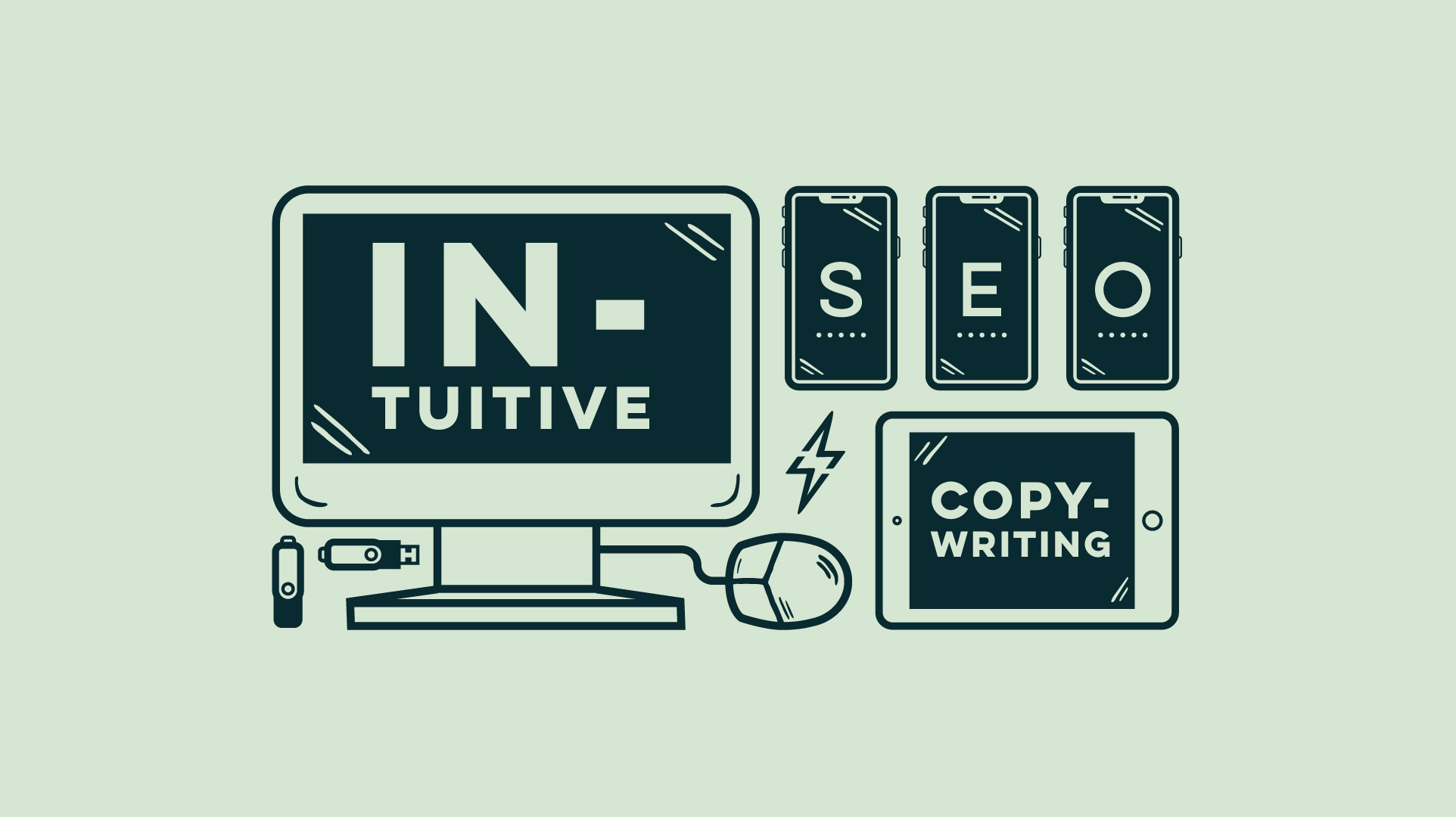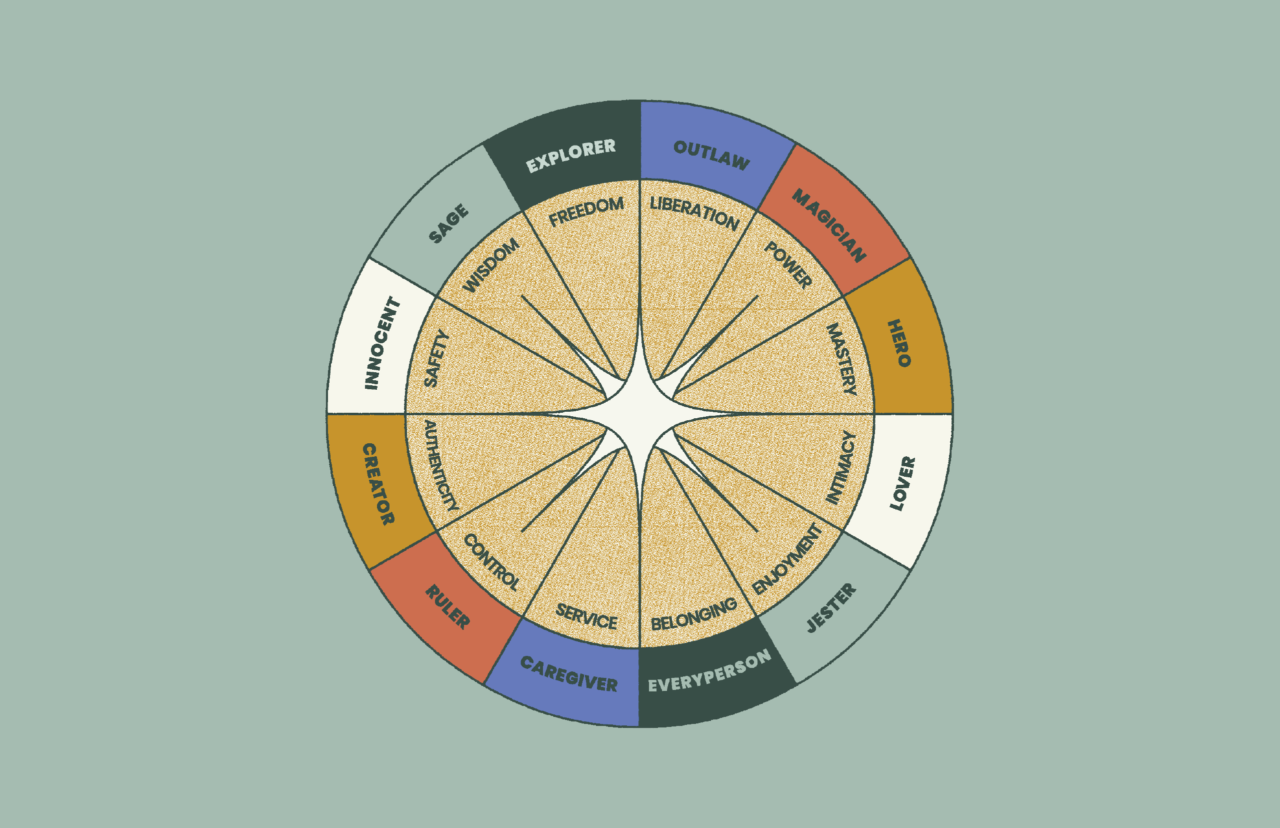While SEO can sometimes seem like technical wizardry that should only be navigated by experts, this is not what Google wants. Google wants anyone who creates a good business with good content to rank well in it’s algorithm. Highly technical optimizations, while valuable, can have relatively negligible effects, while simple and intuitive changes can make big differences.
After-all, Google isn’t particularly interested if your web pages are optimized or not, Google just wants to feature the best content. So theoretically, creating really valuable content is all you need to do to get rankings. Of course, there’s a lot of competition out there–so knowing a few tricks of the trade will definitely help.
Answers and Questions
The not-so-secret trick of creating searchable pages is to answer questions that people are asking. Chances are you probably already have an idea of some of the questions your customers are seeking answers to. This is a great place to start. Answer your most asked questions with a super informative page. Just the act of doing this will likely create a new stream of traffic to your site. Now rinse and repeat.
Search engines are question-and-answer machines. People have a question and they type something into Google to get an answer. Google serves up answers in the form of web pages. For a search engine, every web page is simply a potential answer to a question.
What a user types into Google may not look like a question, but I assure you it is. When someone types “red bumps on ankle” into Google, Google knows you are asking “What are these red bumps on my ankle?” When you type in “best non-stick cookware” Google knows you are asking “What non-stick cookware should I buy?”
You can reverse engineer this process to find out what questions your customers are searching for. Start typing in questions into Google that you think your customers might ask. Google will auto-complete your questions and make suggestions based on the most popular queries that other people have typed in. Take note of what appears in auto-complete, related suggestions, and what competitor sites are doing with their titles and descriptions in the search results. This is called keyword research and it’s pretty easy.
Just note that Google understands synonyms (and language) enough to know the “intent” behind the words. So “Where to buy organic apples,” “buy organic apples,” and “organic apples buy” are all pretty much the same keyword because they all mean the same thing.
Targeting User Questions
So, if you want to target users trying to answer the question: “Where can I find a great real estate broker in Portland, OR?” There are likely a few hundred ways of asking that question, but a page that provides a list of great real estate brokers in Portland will be a great answer no matter how the question is asked.
If you want your web page to rank for this question you must ensure that your copy answers that question as thoroughly as possible and ideally better than the other web pages that are trying to answer this same question. If you succeed, Google will reward your page by sending you the traffic for all of the different permutations of that question.
It’s going to be pretty important that it is super clear what your page is and does. So a page title like “Great Real Estate Brokers in Portland, OR” will make sense. In fact that is your keyword phrase. Using it in your page title and page copy will let Google know that your page is relevant. Just don’t overdo it. That’s called keyword stuffing and is not super helpful.
Important Page Elements
Not all page content is created equal. Google knows that people don’t always read every word or read to the bottom of a page. That 8 pt text at the bottom of your page will not be given as much weight as the 12 pt header and intro paragraph at the top of the page. Address your users and their questions at the top of a page, using well-titled sections, a bolded format, and bullet points for brevity. Optimize for skimmers and short attention spans. Headers also help users zero in on the most important content.
The Meta Title
The meta title is often called a “page title” which is super confusing because most people think of a “page title” as what you see at the top of a web page. So we’re calling it a “meta title.” Sometimes you will also see it referred to as an “SEO title tag.” The best place to address a user’s question is in a page’s meta title–those blue links that show up when you type something into Google.
The meta title appears in search results and sometimes in your browser’s window tab—depending on what browser and device you are using. The title should use your focus keyword phrase and address the question you are trying to answer clearly in a common language.
How to write SEO friendly Meta Titles: Do’s
- Page titles should answer a potential customer’s question
- Get specific. “Shop Adidas Black Series Z Shoes” is a million times better than “Buy Shoes”
- Use Title Case. This is not a hard-fast rule, but lowercase titles tend to get a slightly lower click-through rate.
- Title length depends on the device. Google will shorten your title based on the space available. We recommend writing titles that are no longer than 70 characters (including spaces). Google uses pixel length, not character length. So if you use a lot of skinny letters or symbols–you may be able to fit more characters.
- Your title must do an excellent job of describing the content on your page
- Your title should be clear and easy to read and comprehend
How to write SEO-friendly title tags: Don’ts
- Don’t use the same title tag on more than one page
- Avoid excessive use of special characters: @*&^%$
- Don’t stuff your title with keywords.
- Don’t feel like you need your business name in every title. Use that real estate for what matters most to the searcher.
The Meta Description
The meta description is the descriptive text that follows the title in search results. The meta description also does not appear on the page. The meta description does not affect search rankings, but it does affect click-through rate (The better the copy, the more clicks you will get).
If you’re interested in improving your search traffic, carefully crafting your meta descriptions is an art you need to master. Meta descriptions can heavily influence click-through rate (the number of people who see and click on your link). Meta descriptions help both search engines and people understand what your page is about on search results pages and every meta description represents another opportunity for your web page to stand out against the rest.
Like the title tag, the meta description is designed to describe a single page. Ideally, this means every page on your website should have a unique meta description.
(If you do not include a meta title and meta description, Google will do its best to create them for you based on the content of your page. This is not always a good thing.)
Hot Tip: Use a Call-to-Action
Ask your users to do something and you will increase your click-through-rate.
Example call-to-actions: Get our Guide, Learn more, Find out more, sign up today, etc.
Meta Description Length
The rule of thumb is that your meta description should be no longer than 140-160 characters, but it’s worth testing. Google likely uses a pixel measurement rather than a character limit—so if you use lots of skinny characters, you may be able to squeeze in a little more.
Headers
Headers are the most important on-page SEO element for a web page. Headers are often denoted as H1, H2, H3, H4, H5. H1 is usually the main page header and should only appear once on a page. It is also usually the largest text on the page. Google understands that the H1 element should be a high-level description of what your page is about. It can be valuable to address your user’s question in the H1, but it is not always necessary if the supporting information makes it very clear. H2s and H3s are usually used to separate different sections of information on the page, and they will communicate to Google the depth to which your page answers queries. H4s and H5, while used less, can further break down information under an H2 or H3.
Body Copy
More copy is generally better for SEO. Pages with 2000+ words tend to rank better, but this is not always the case and it can be different in different industries.
Using Bold and italic words in the body copy can communicate emphasis to both your users and Google. When you emphasize words or phrases you are telling Google that these phrases are more important than other words on the page.
Internal Linking
Google loves links. When you use in-paragraph links to send your site visitors to other relevant pages within your site, you help both Google and the end user understand the flow of information on the website.
Images
It’s important to know that images play a big part in SEO. Images that are too large can slow page load and hurt your rankings. Poorly chosen images can increase your bounce rate and thereby tell Google that your page has less value. Images that are plucked out of Google Image Search without a license can get you a DMCA notice. Images that are missing metadata may not add any value to your rankings.
The file name, alt tag, and title tag can all convey important information to Google. These properties can also help impaired individuals understand an image with a screen reader.
Image File Name
Write your filename so that anyone can understand–at a glance–what the image is without seeing it. Use dashes between words, use all lowercase, and avoid abbreviations unless the abbreviation is well known by your audience. For utility, you probably don’t want to make the file name too long.
Example image name: “Adidas-running-shoes-black.jpg”
Image Alt Tag
An alt tag’s purpose is to help the seeing impaired. It should describe what an image depicts. It also helps Google understand the visual content on your page.
Example alt tag: “Adidas black running shoes displayed in store”
Image Title
The image title will sometimes show up when you hover over an image. It can be useful in providing further context for an image, but it is not as important (SEO-wise) as the file name or alt tag. (I usually don’t use the image title).
Example title: “Adidas Z Series Running Shoes in Black”
Image Caption
If you use captions for photos on your website they will usually appear on the page near the photo. Here you can tell a little more of a story or provide image credits. Image captions can be valuable in certain situations but are not a vital SEO component in most cases.
Example caption: “Pictured above: Adidas Z Series shoes displayed in-store at Lloyd Center Mall in Portland, OR.”
SEO Copywriting Tips and Best Practices
Every page is your homepage
When you optimize your website’s pages to answer user questions, people may visit your website for the first time on a landing page–not the homepage. What does this mean for copywriters? It means your page copy must make sense to a stranger who is a first-time visitor and may know nothing about your business. In a sense, you should treat every page as a potential introduction to your website and the business it supports.
Word count
Google likes lots of copy and content. If your page has fewer than 250 words and no photos or videos, Google may ignore it. I recommend using at least 500 words on any page with an SEO focus. 2000+? Even better. Not only will this help your rankings, but it should also give your website visitors more to sink their teeth into. Just make sure the copy is accessible and easy to scan. Nobody likes a wall of text.
Not every page needs SEO optimization
Some pages just don’t make sense as landing pages and therefore don’t require an SEO focus. Examples include pages that exist behind a secure login and pages that are part of an ordered series–such as signup pages. While the first page in a series may be a good landing page, the fourth or tenth page in a series could be a confusing place to land. With pages like this, you should request your webmaster to exclude these pages from search results. However, be careful not to exclude pages just because you think they won’t be useful as a landing page–your users may think differently.
Blogging
Blogging is awesome for SEO, but the issue I see most often is writers neglecting the question/answer aspect of Google in their blog writing. What are people searching for? Even if you’re writing a simple piece about your grandmother’s church bake sale, you can be strategic in how you write your titles and meta descriptions.
Don’t title your blog post “Grandma’s Cookies” because nobody will find it.
Who is interested in the bake sale? Probably members of the church and family members. What would they type into Google to find out about It? Why not use the church name, day, and other relevant info to name the article and craft your meta title?
St. John’s Church 4th of July Bake-Sale in Portland, OR
Now that title could help people find the event! And there’s probably half a dozen ways to write it. The point is not to get the perfect order of words and phrases, all you have to do is address the user’s need.
Conclusion
There are millions of articles out there about how to optimize web pages for SEO. Some are amazing, but many are out-of-date, extremely technical, or misleading Some will steer you in the wrong direction and others are just trying to rank with little thought of who is reading them. I wrote this article to help our clients and friends who need some help in understanding the basics without getting lost in the weeds. I didn’t focus on any particular keywords when I wrote this, I focused on making something useful. I hope that this intuitive approach will help you cut through the jargon and write search engine-friendly copy. Want help with your SEO? Drop me a line.



